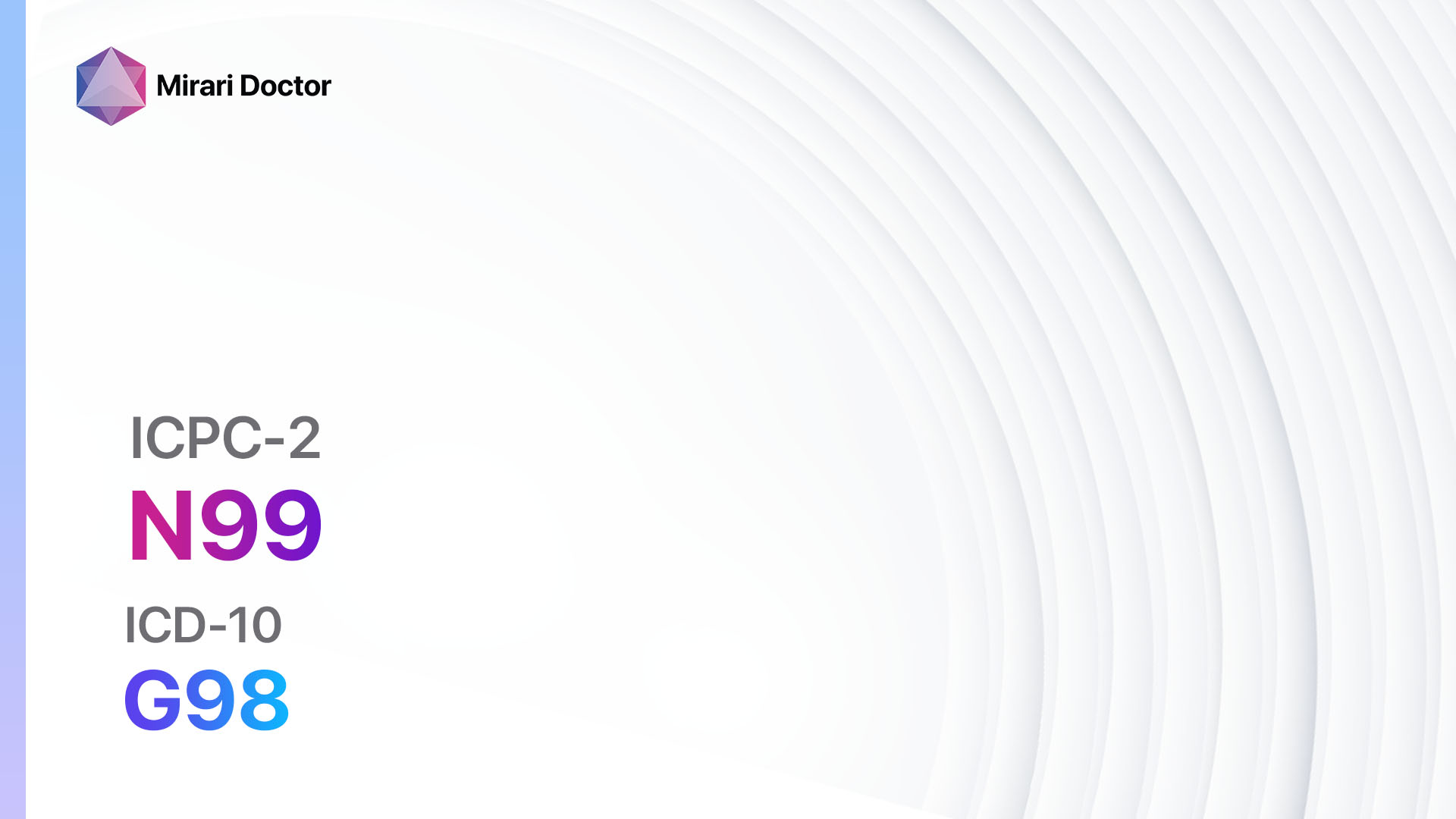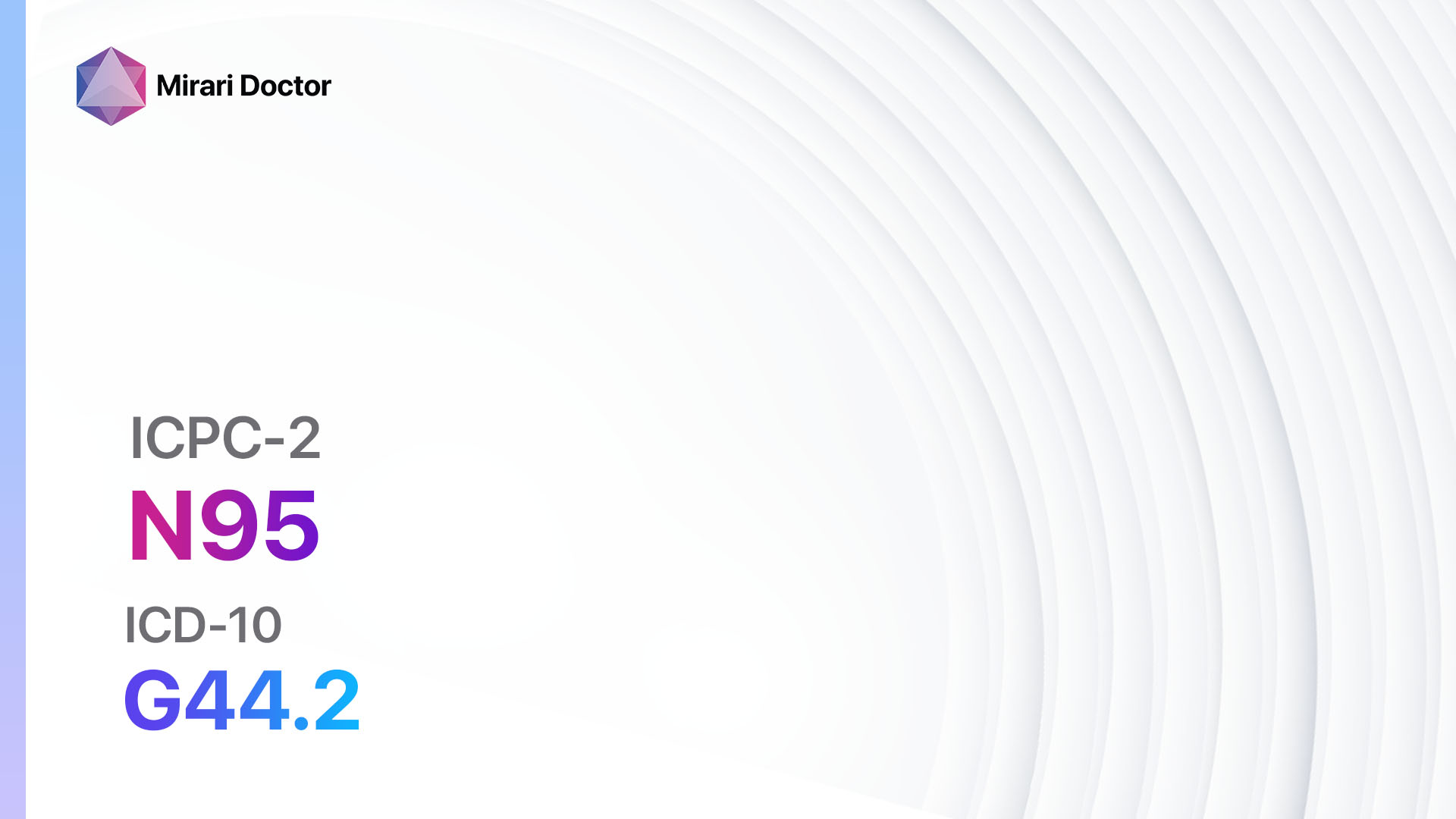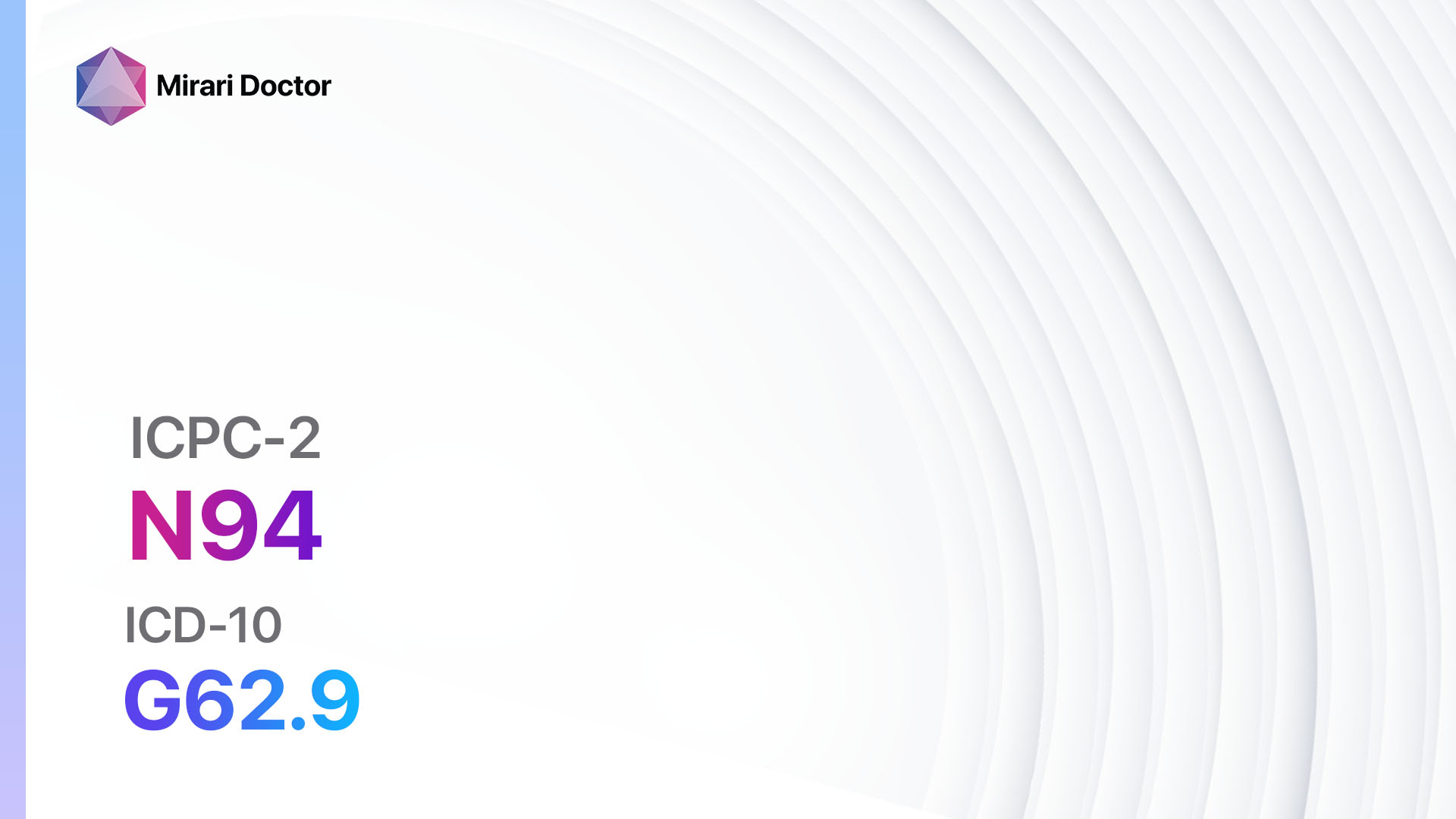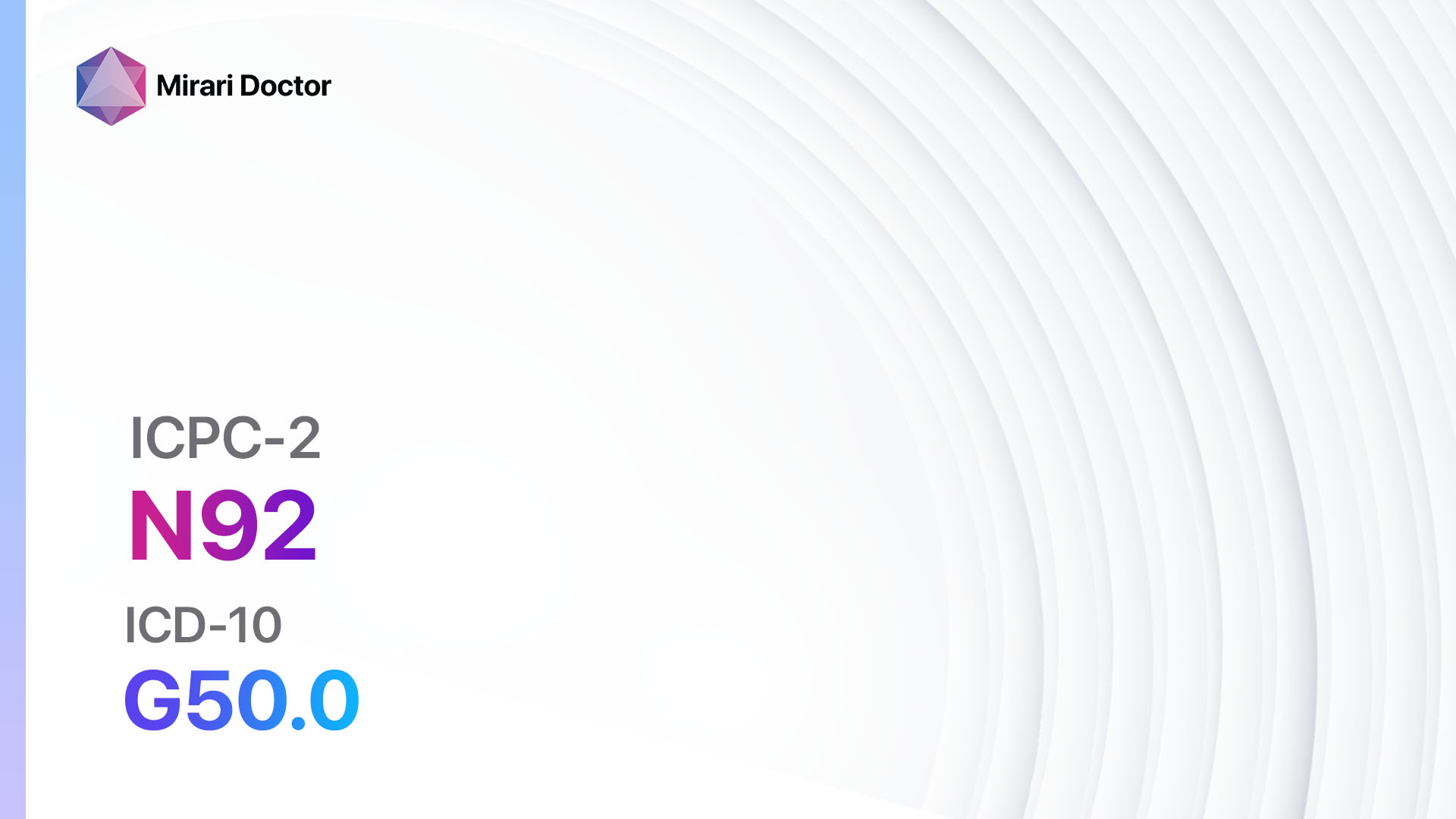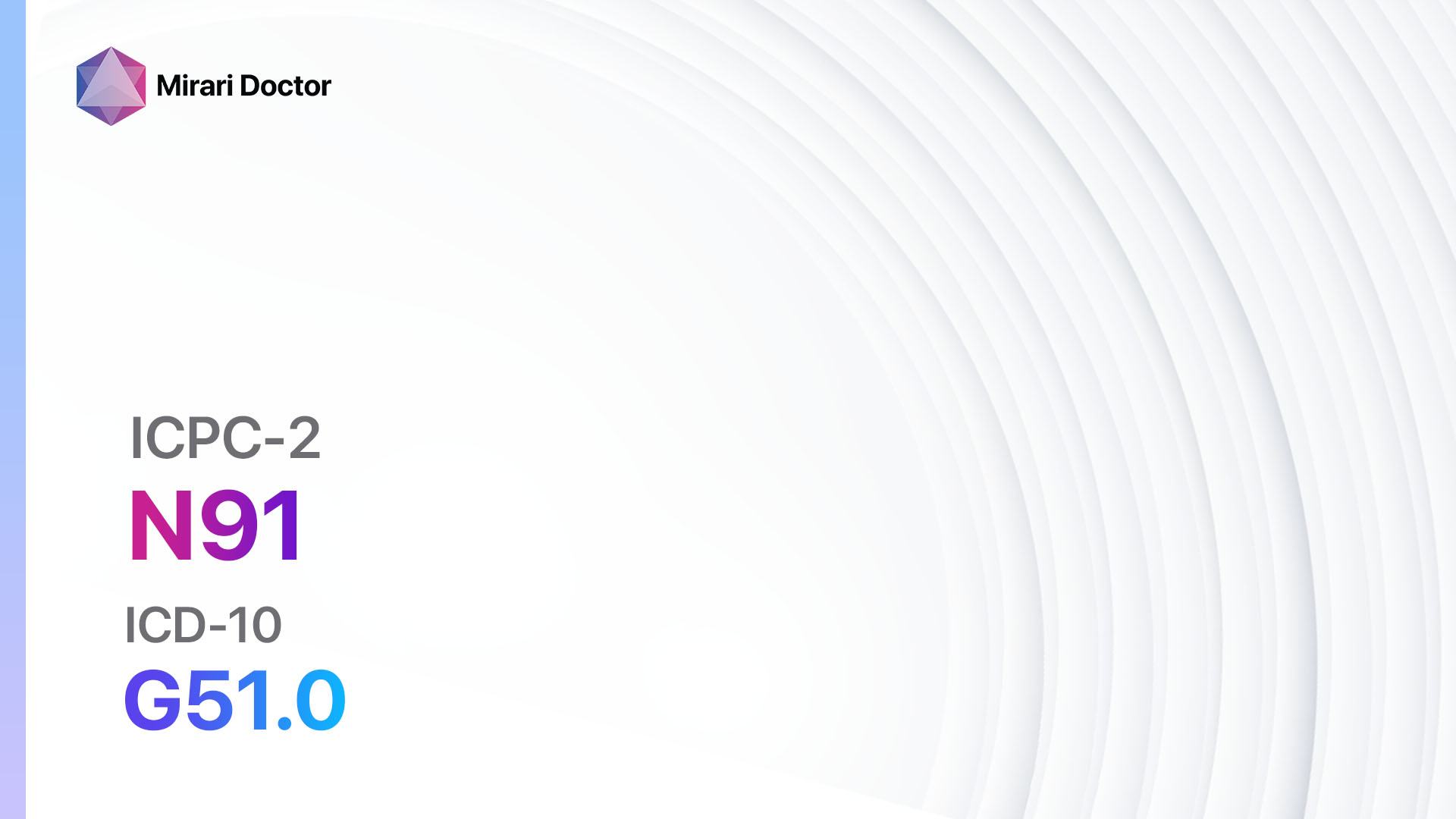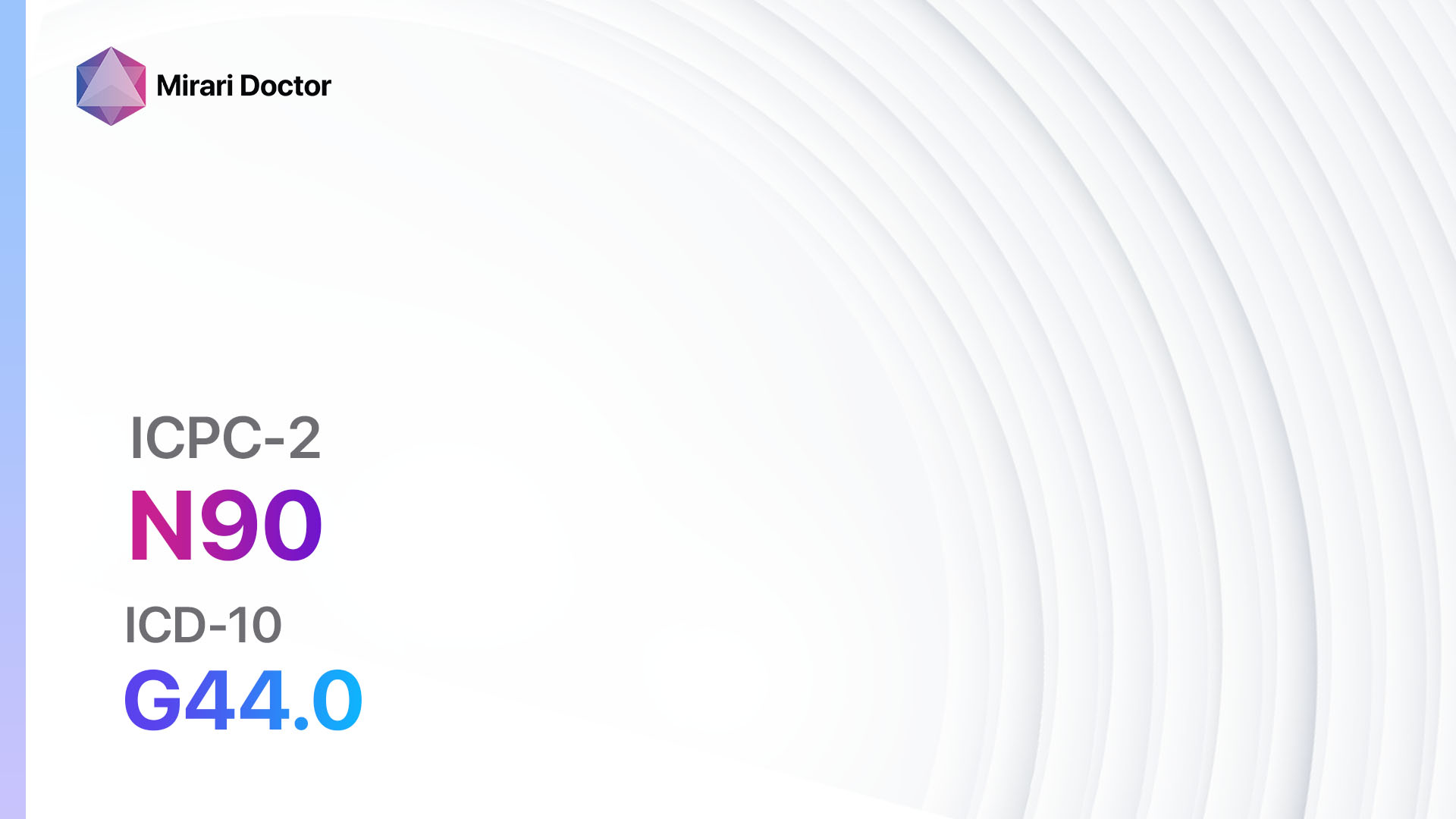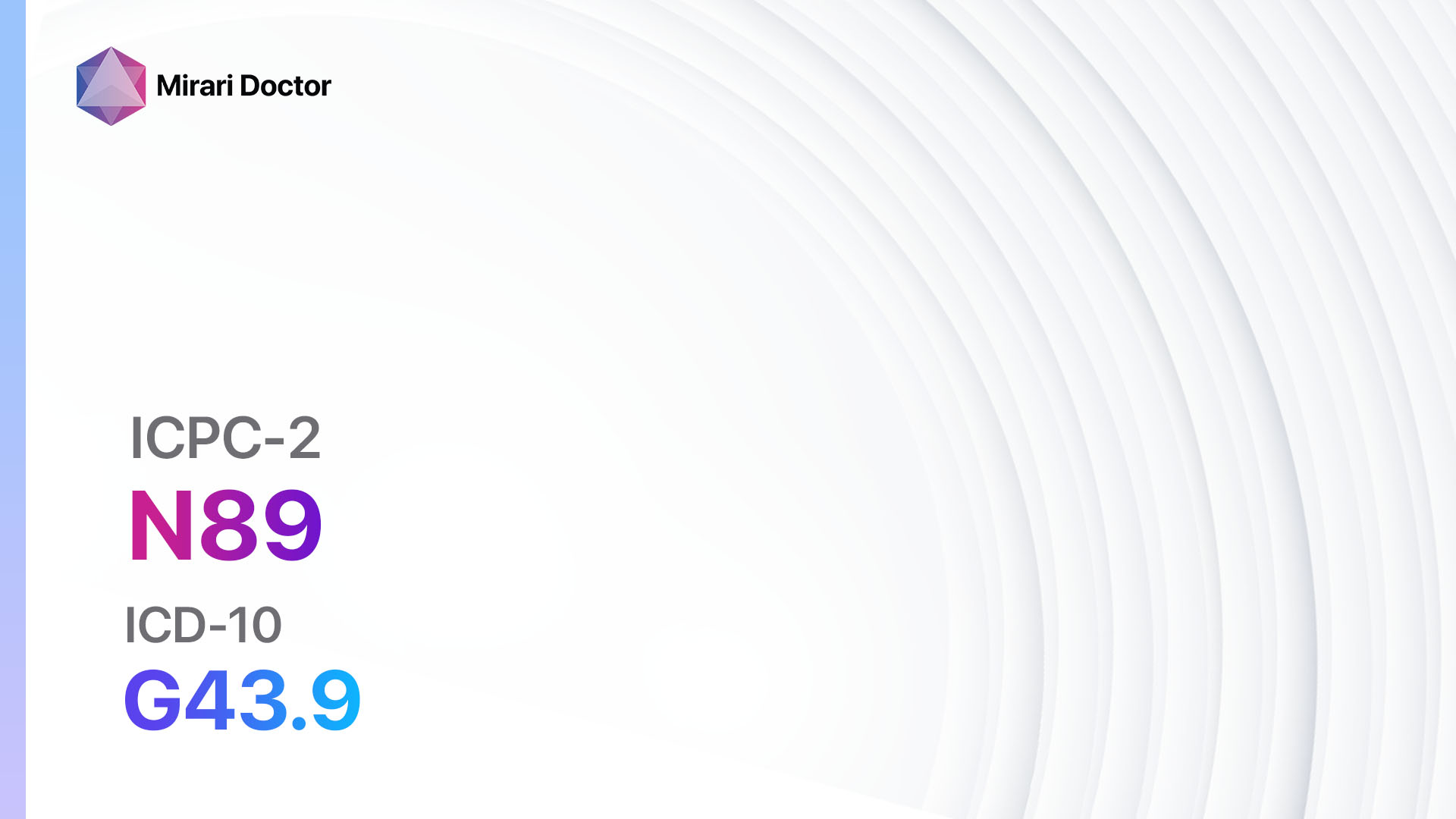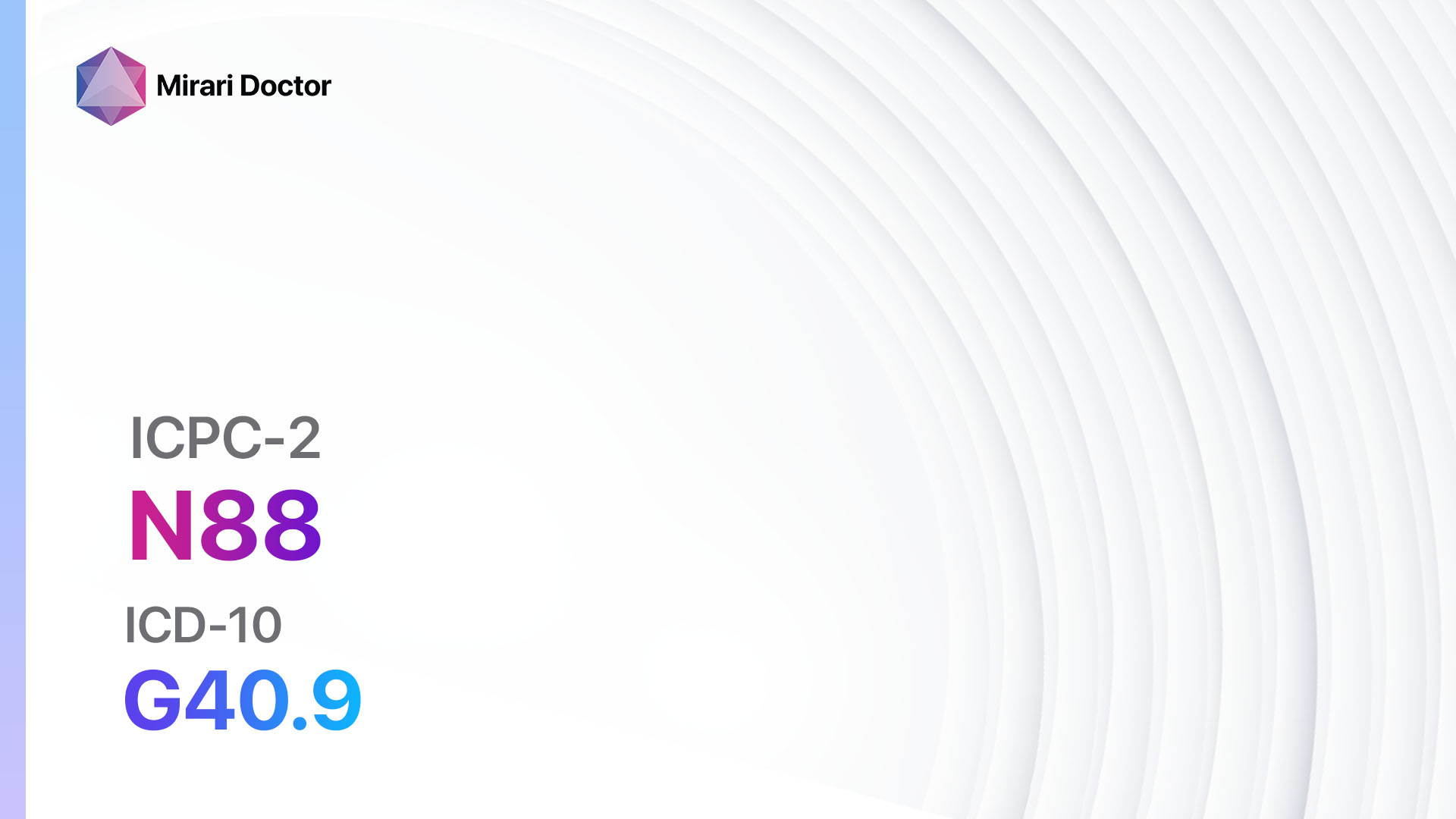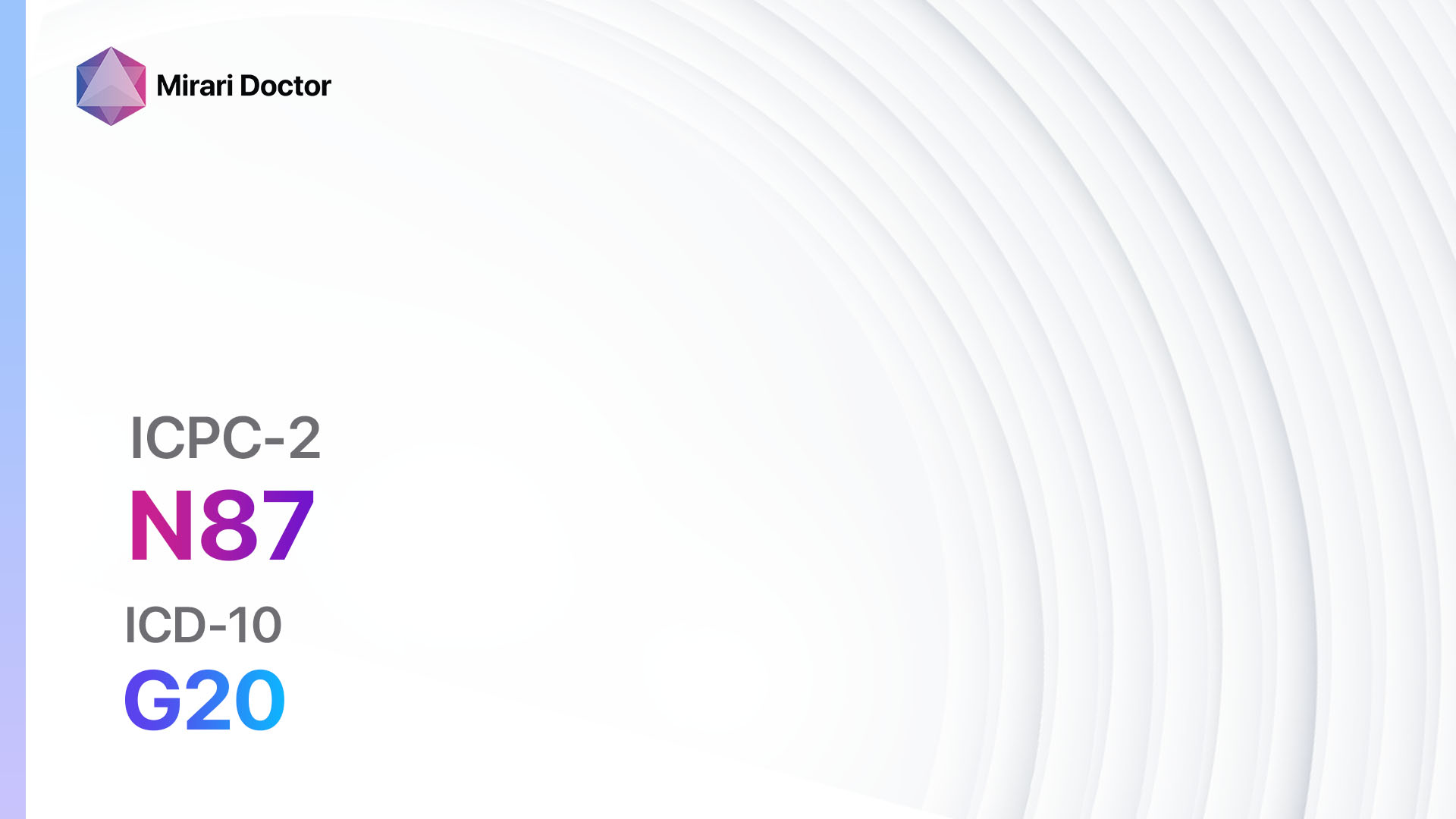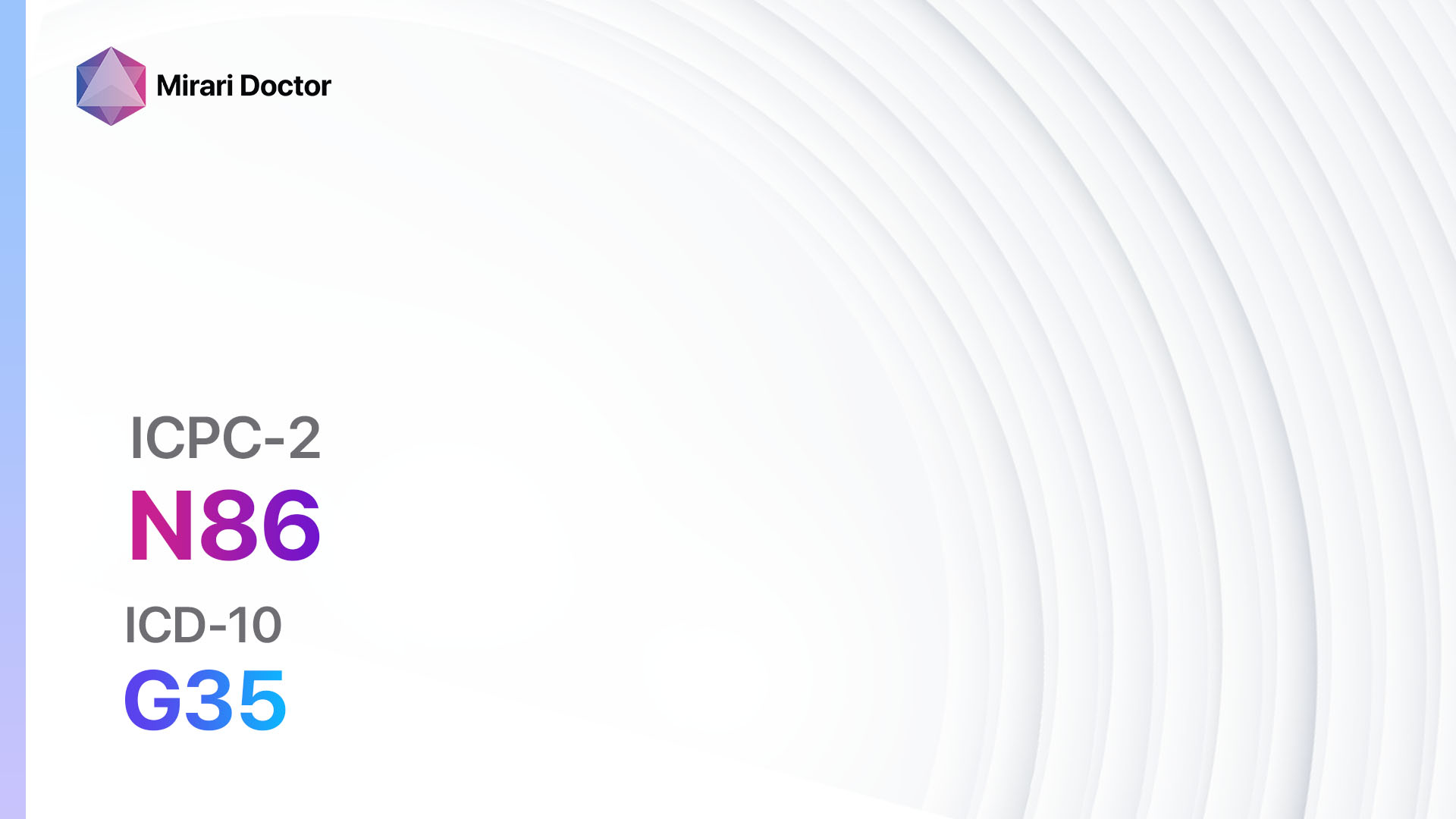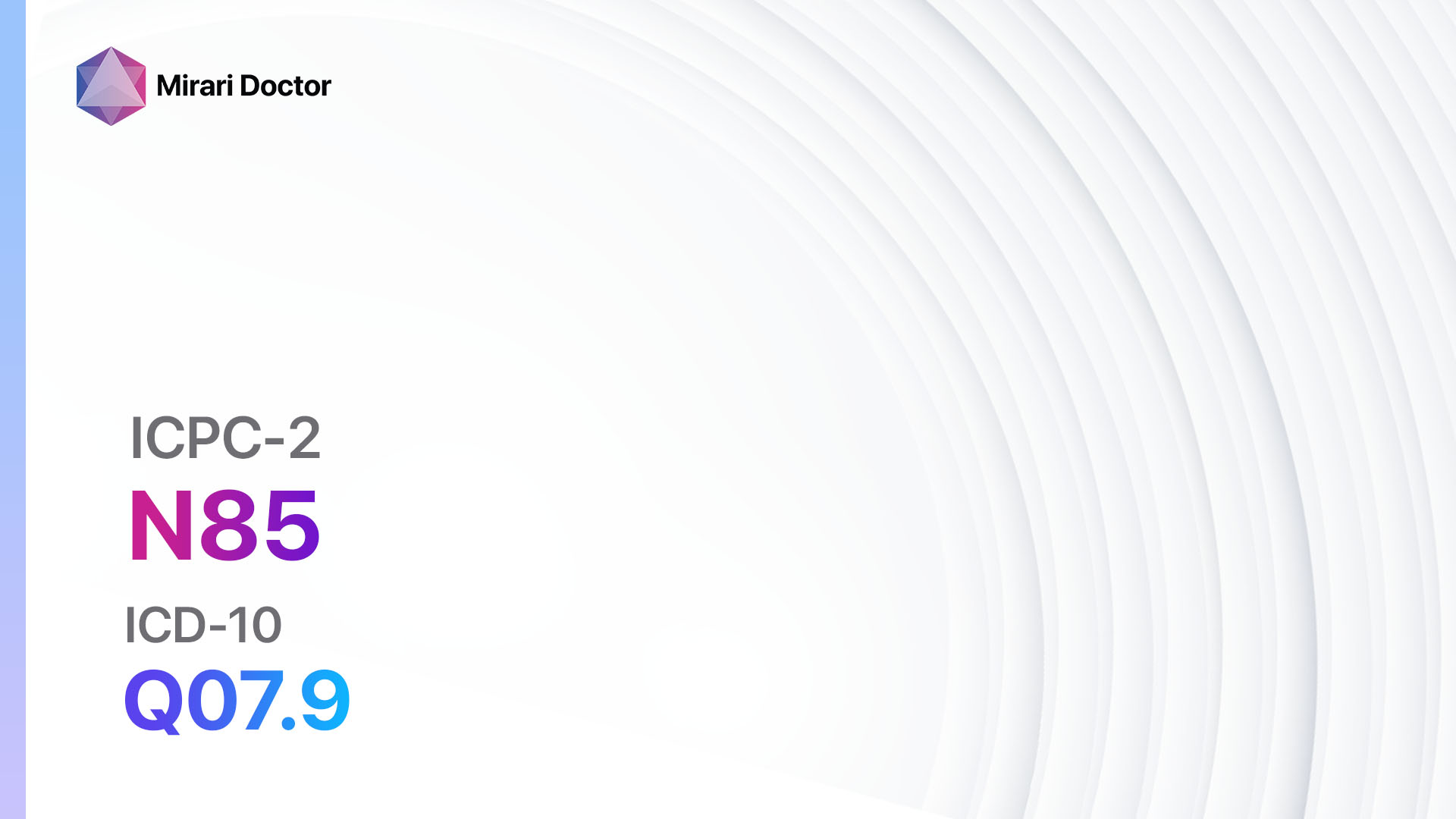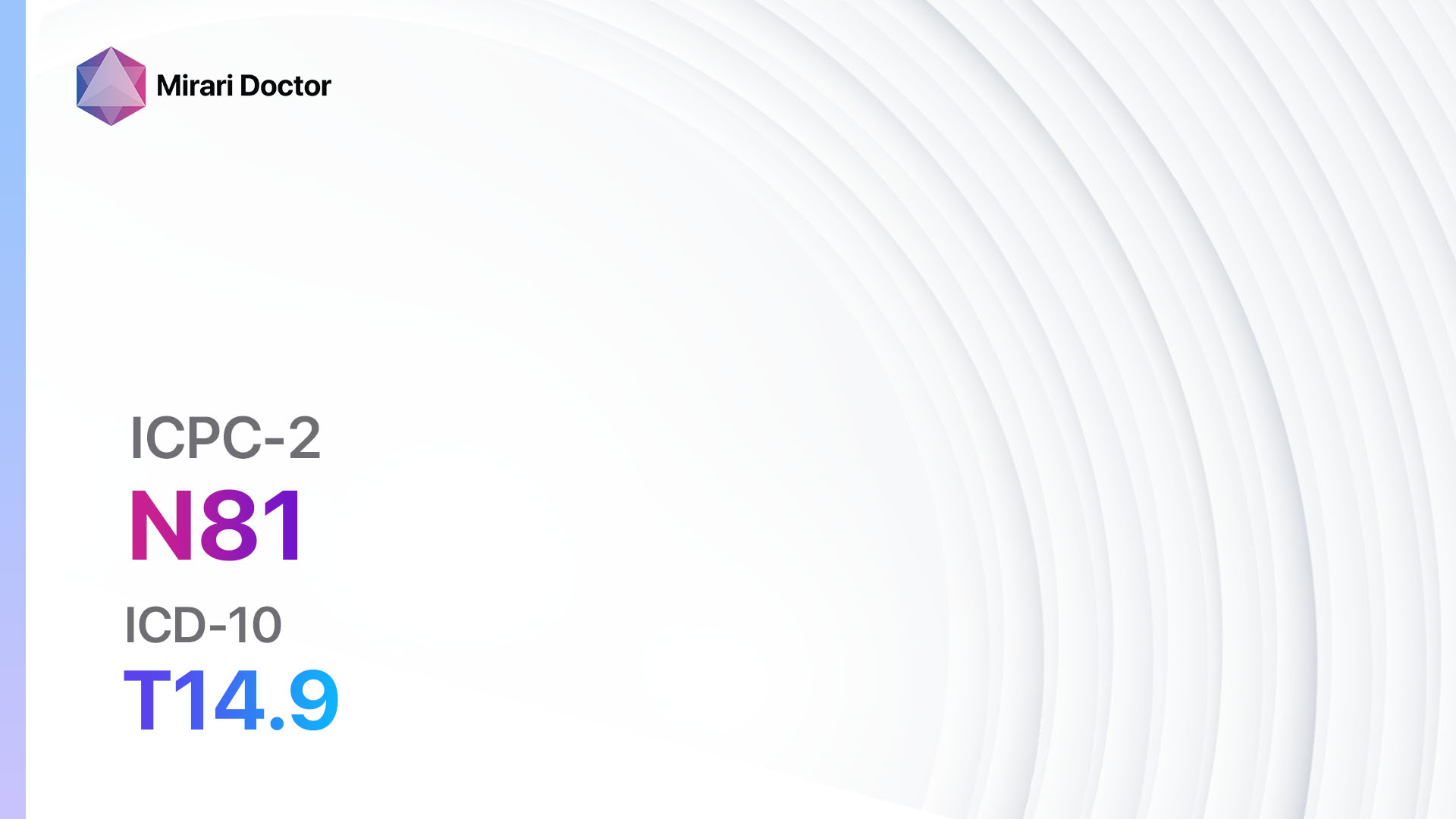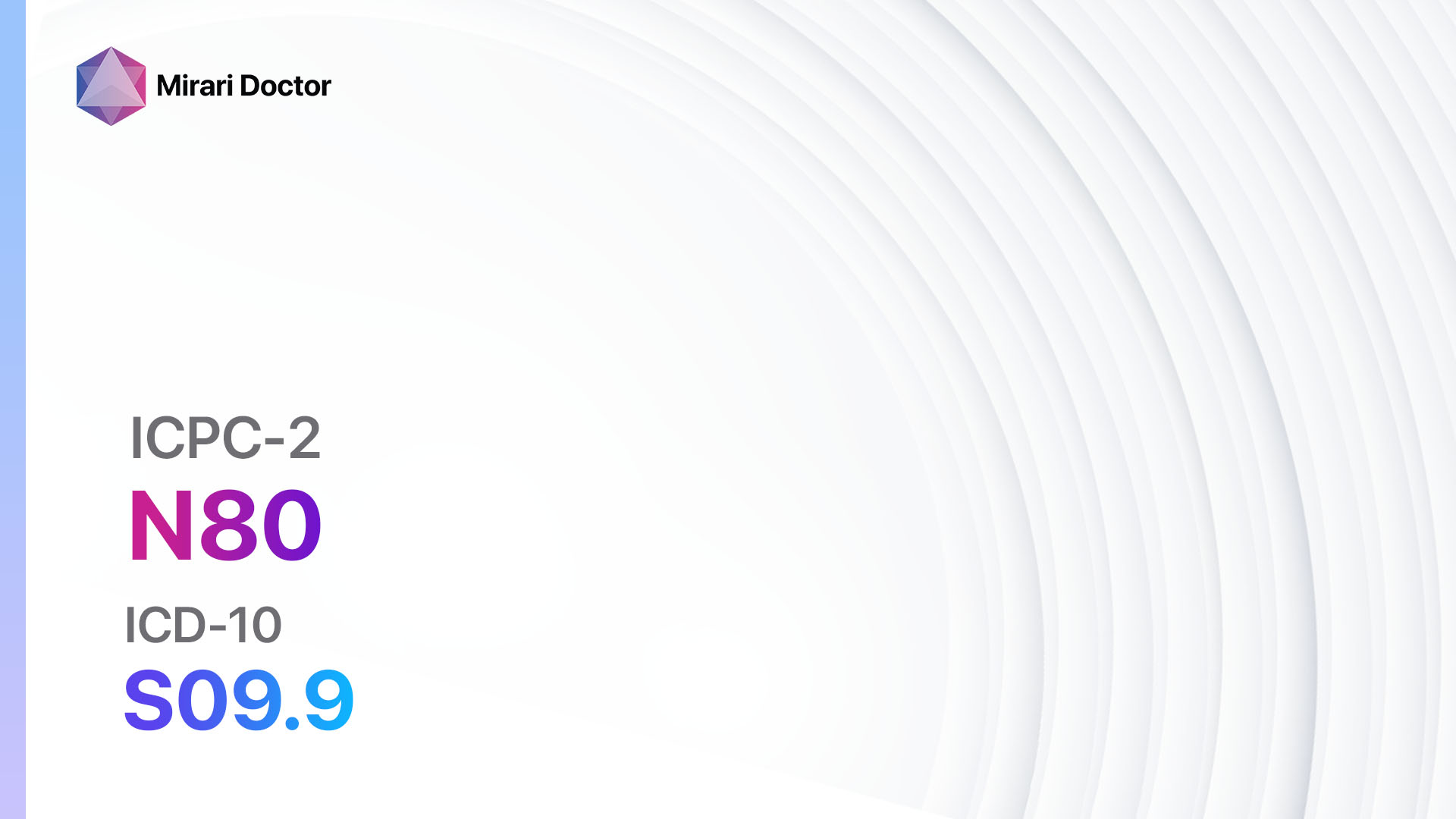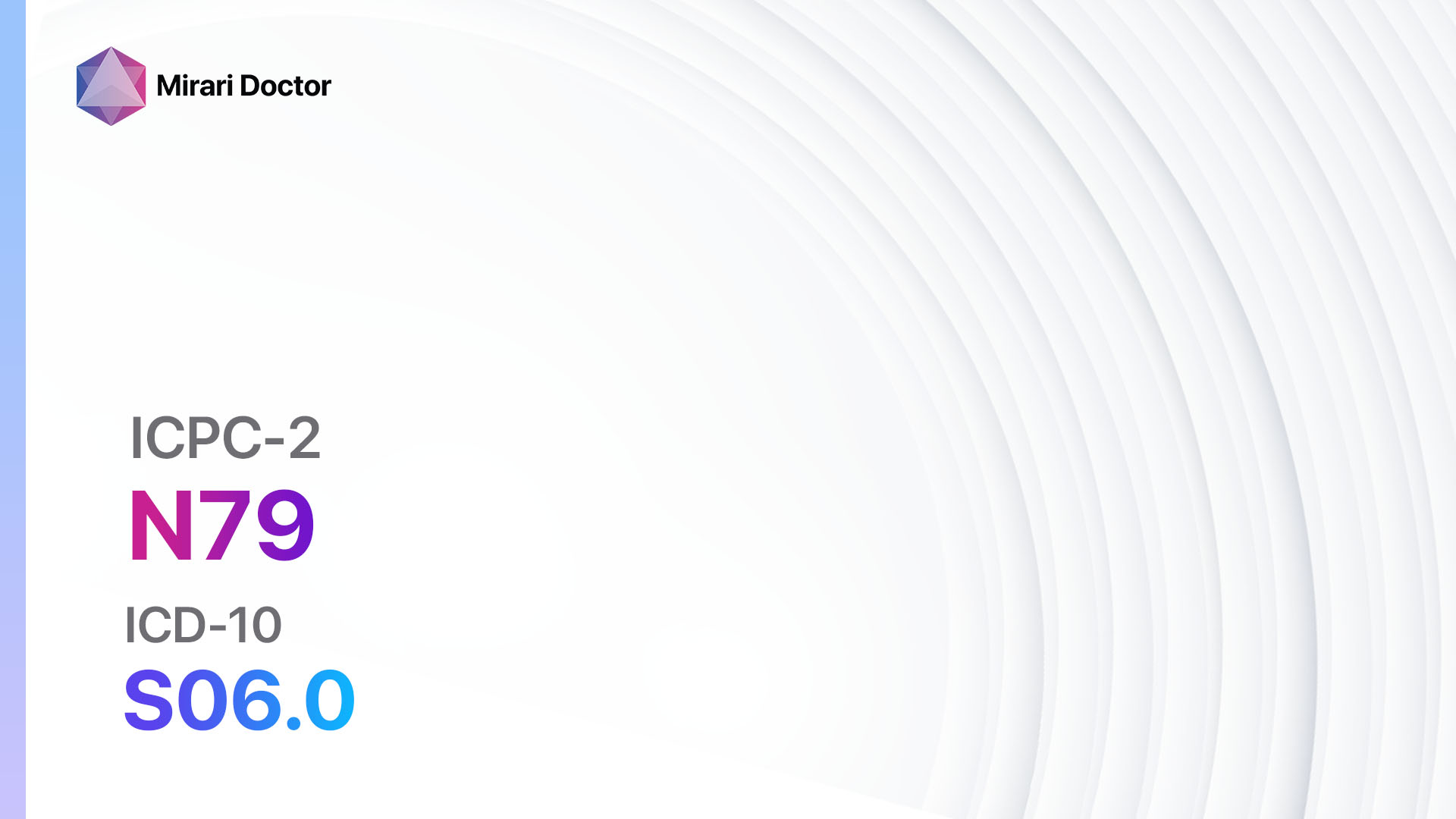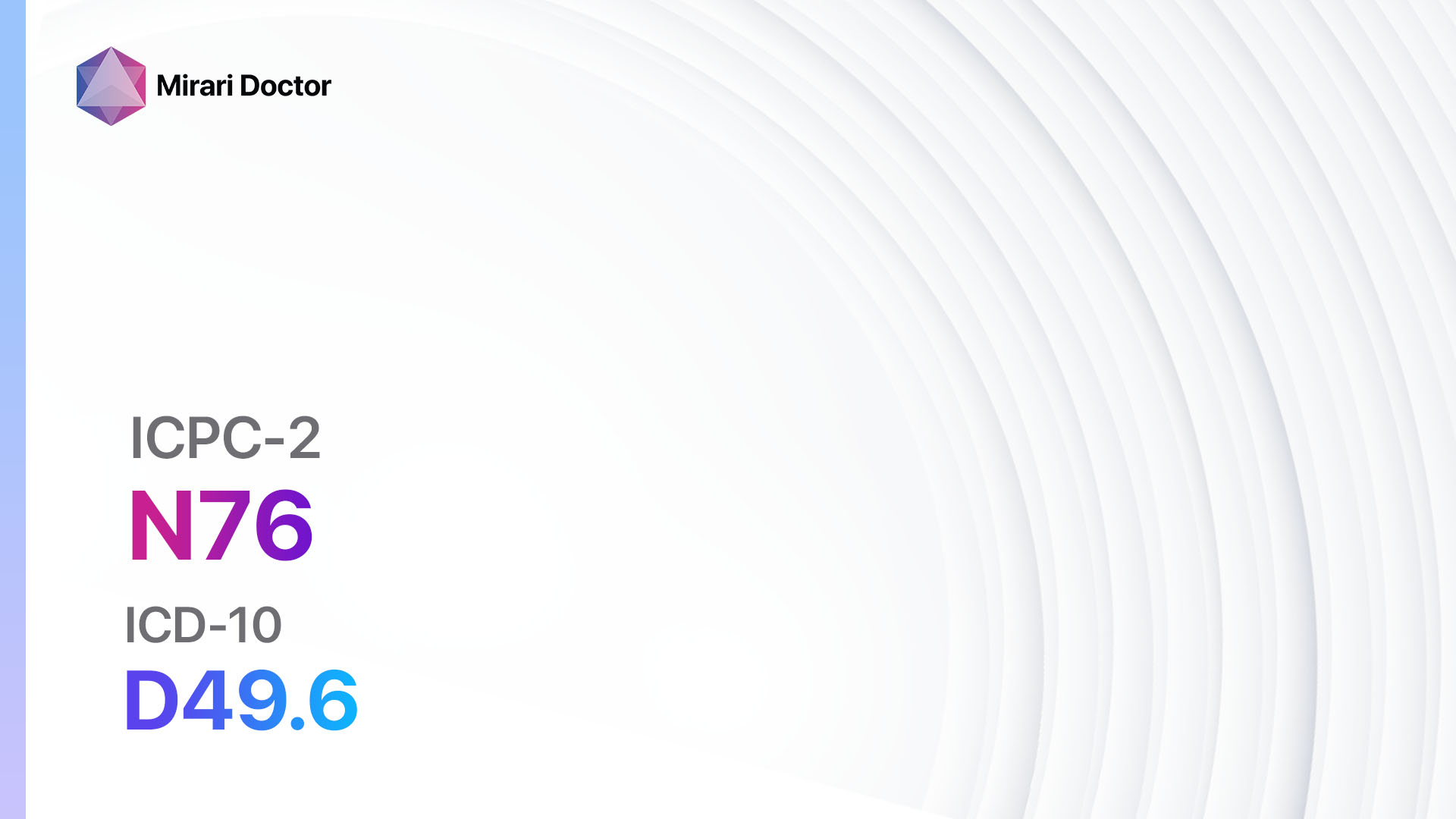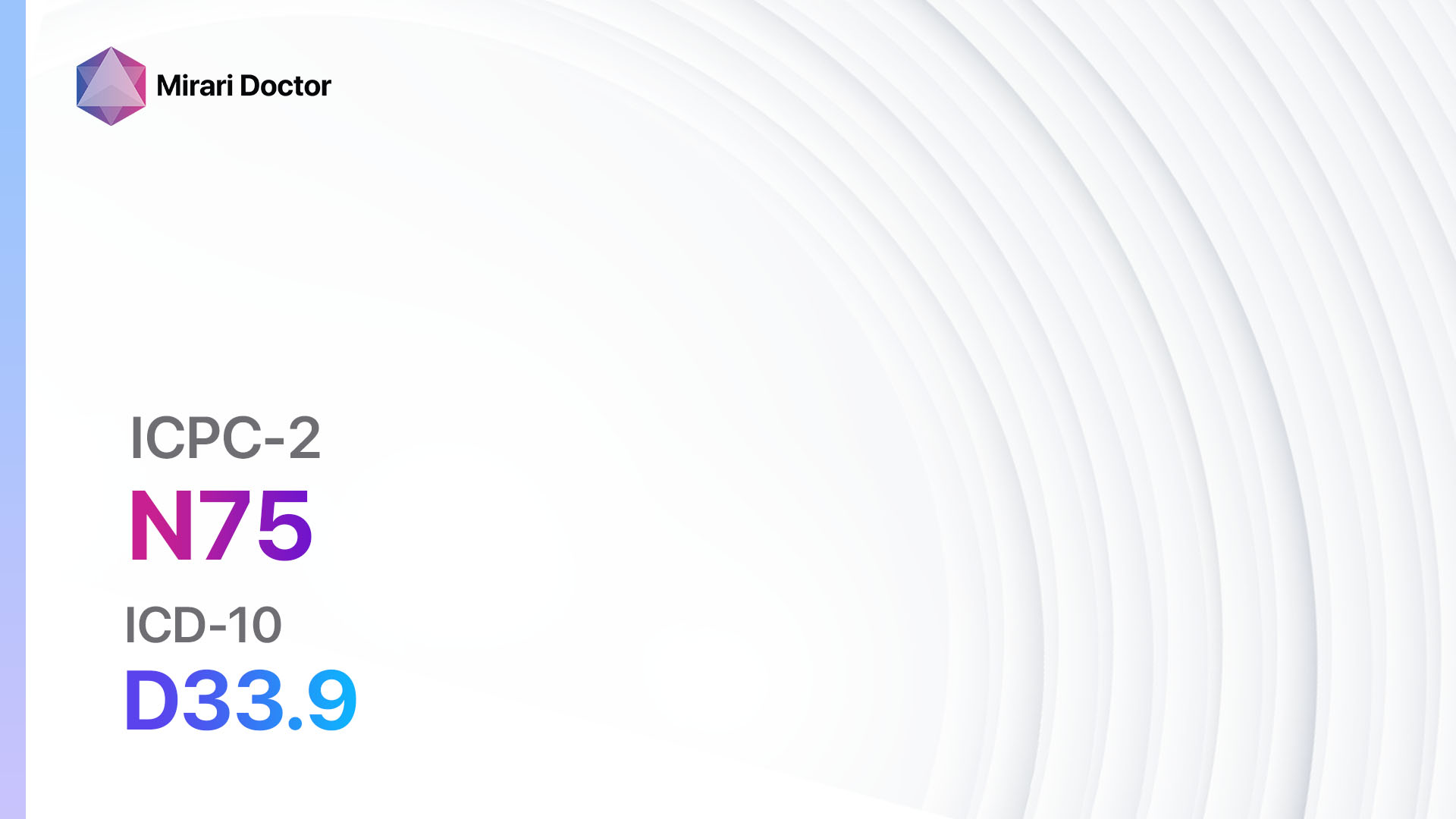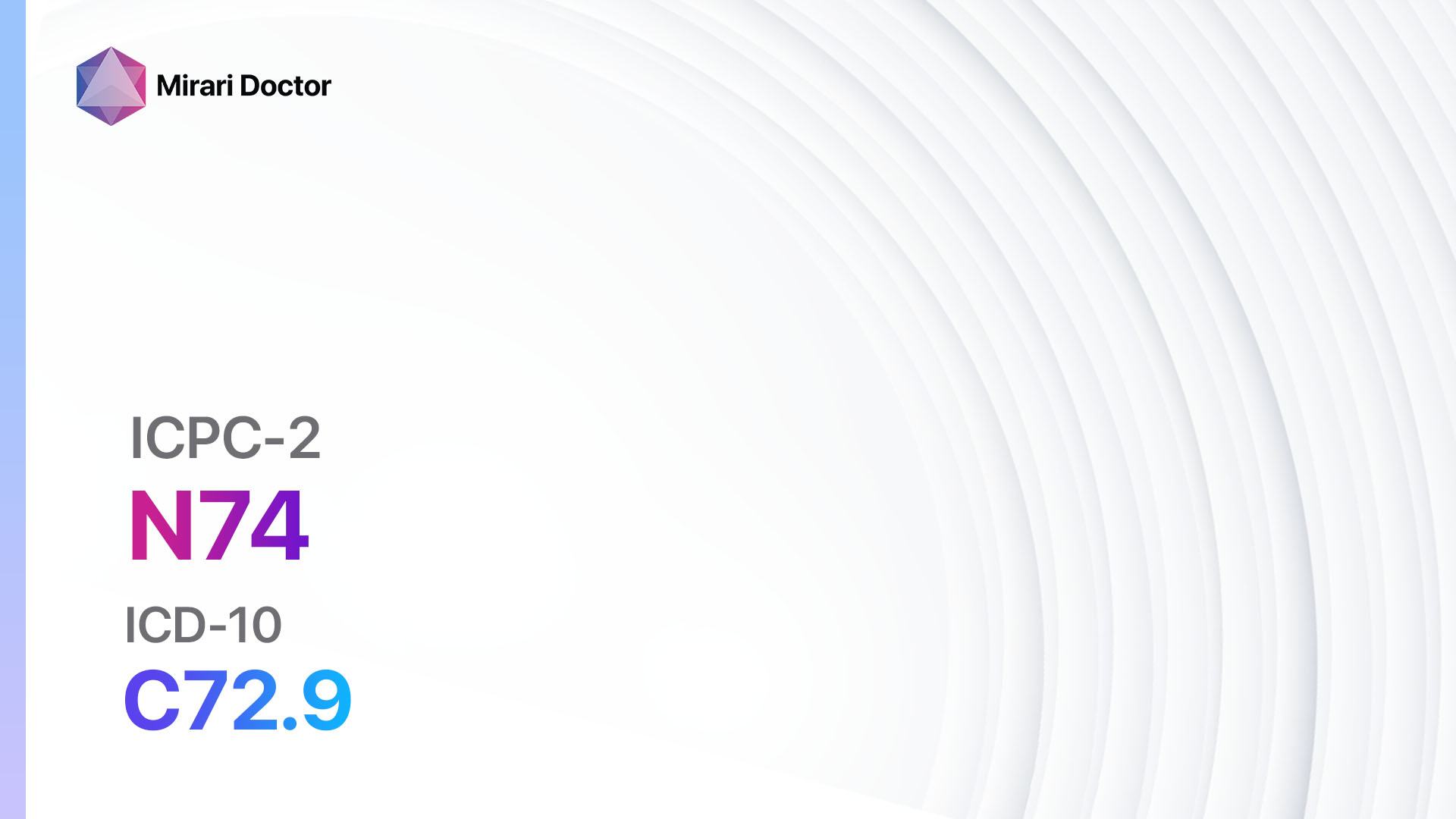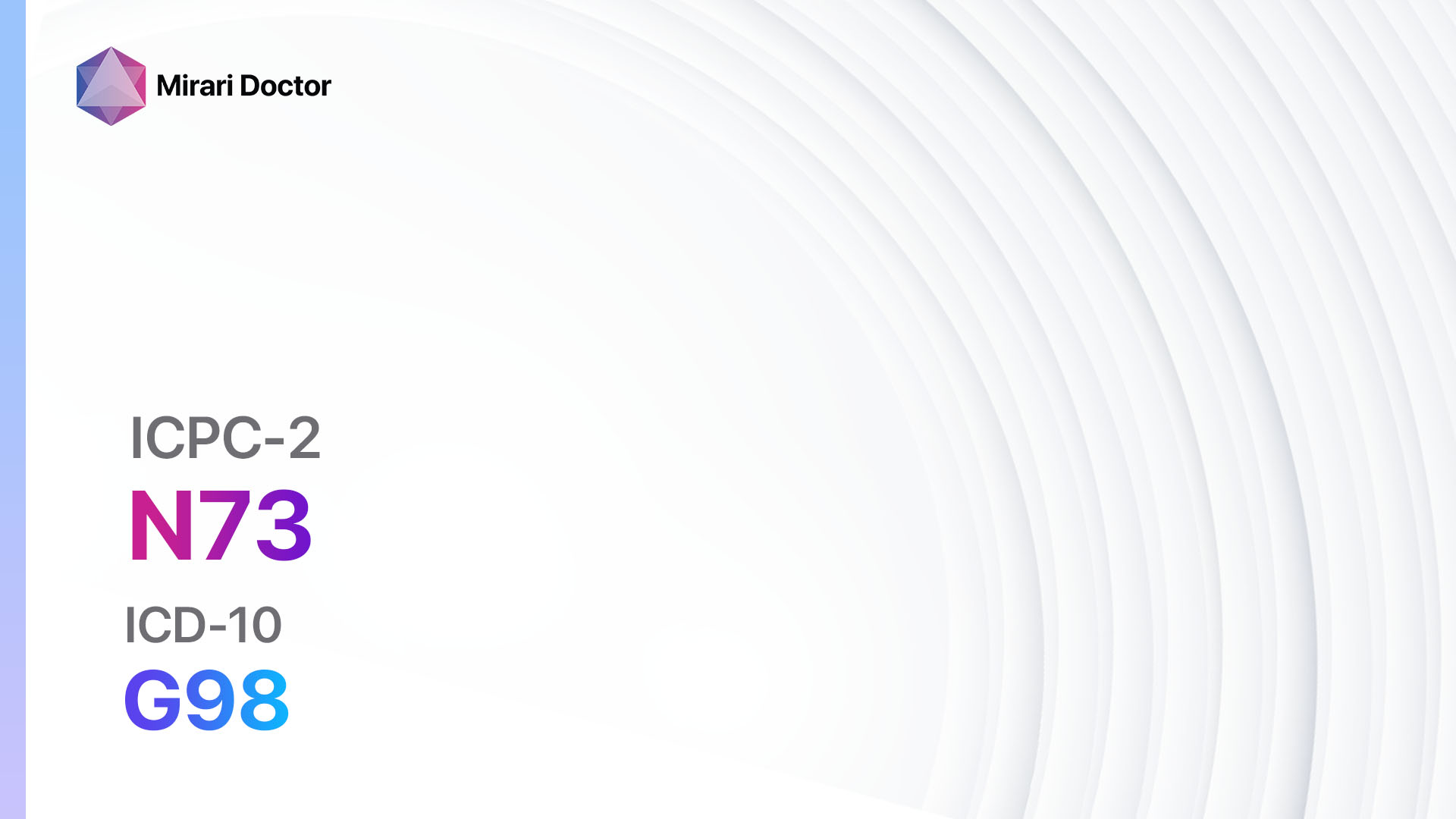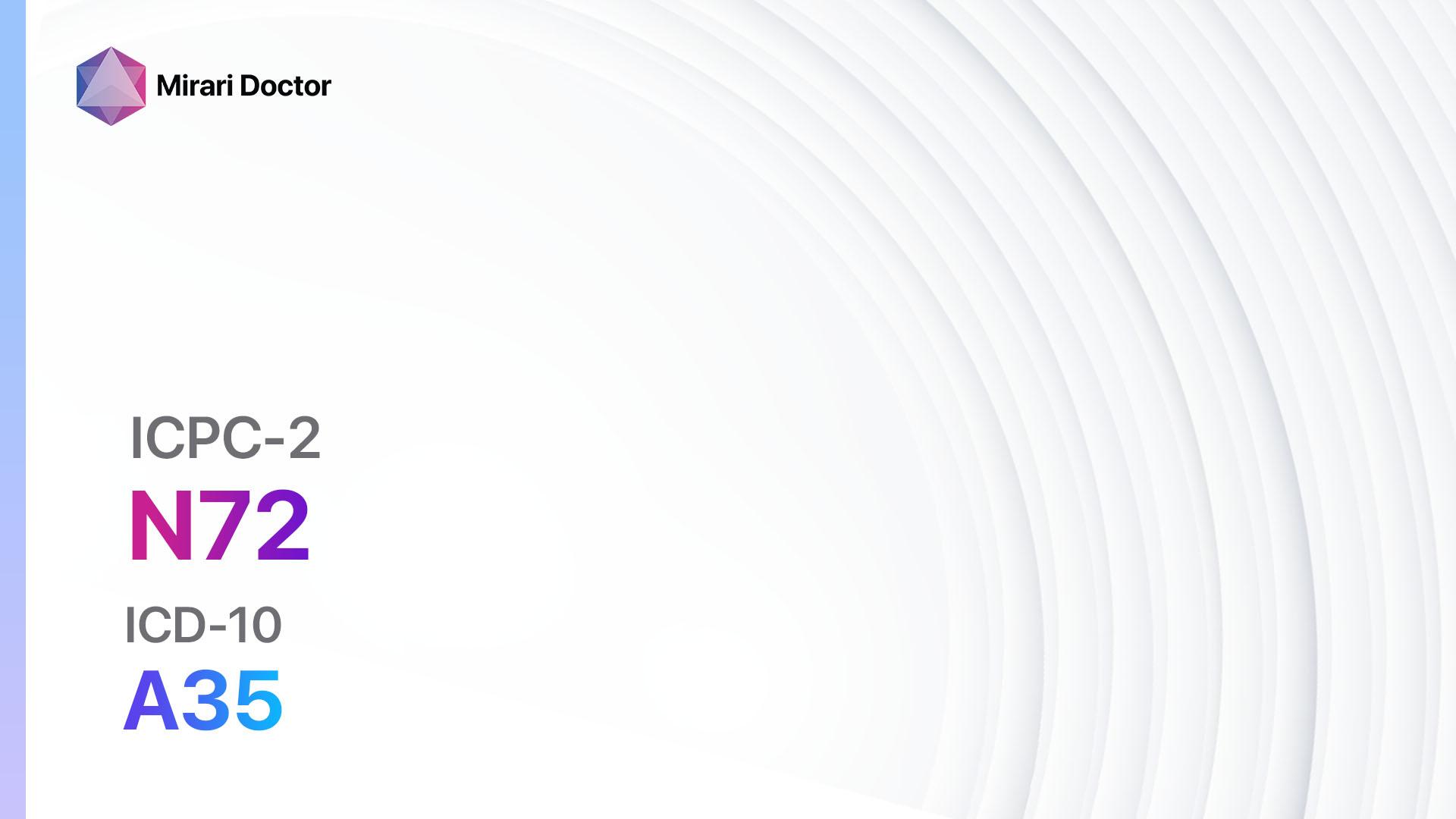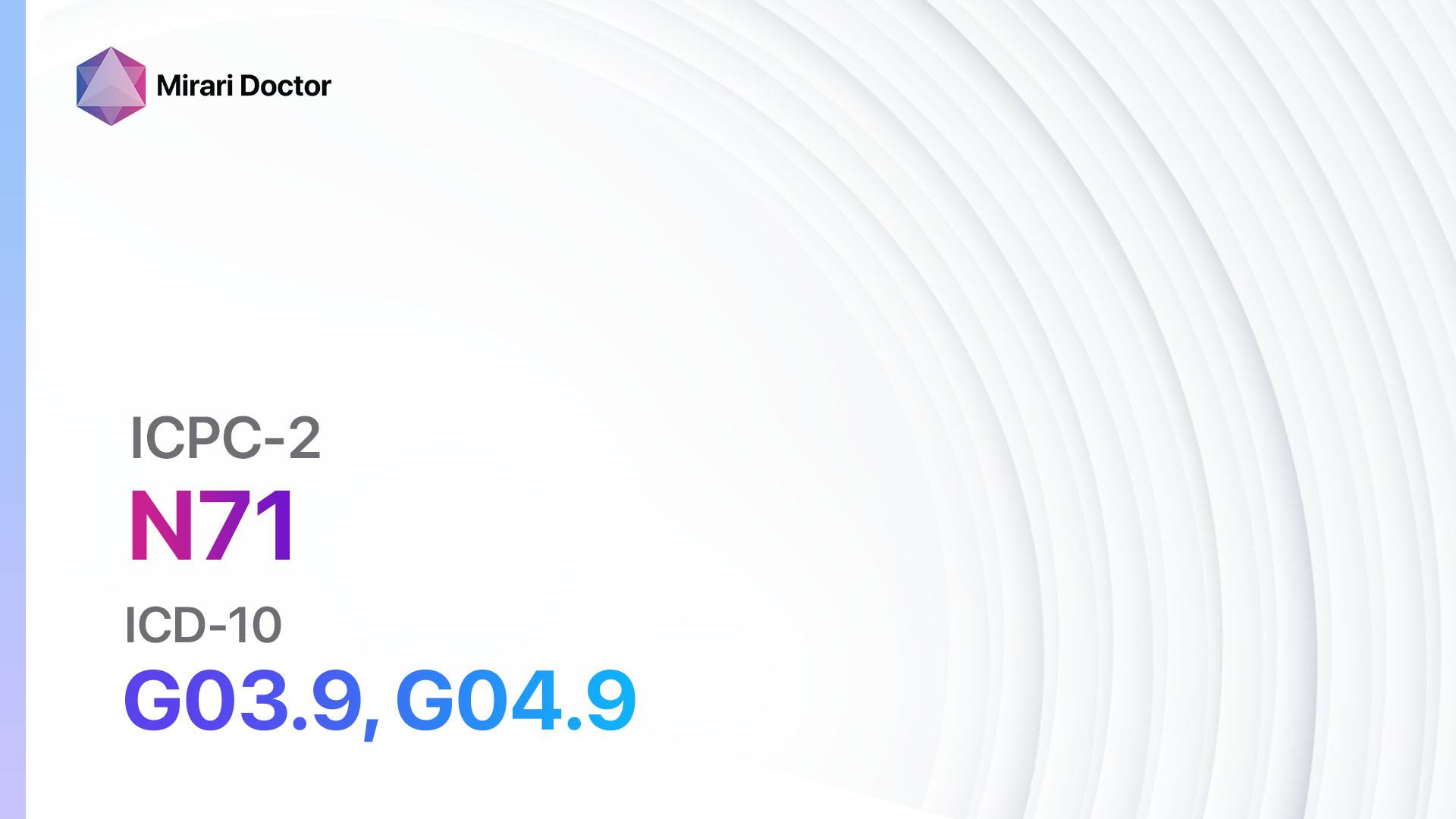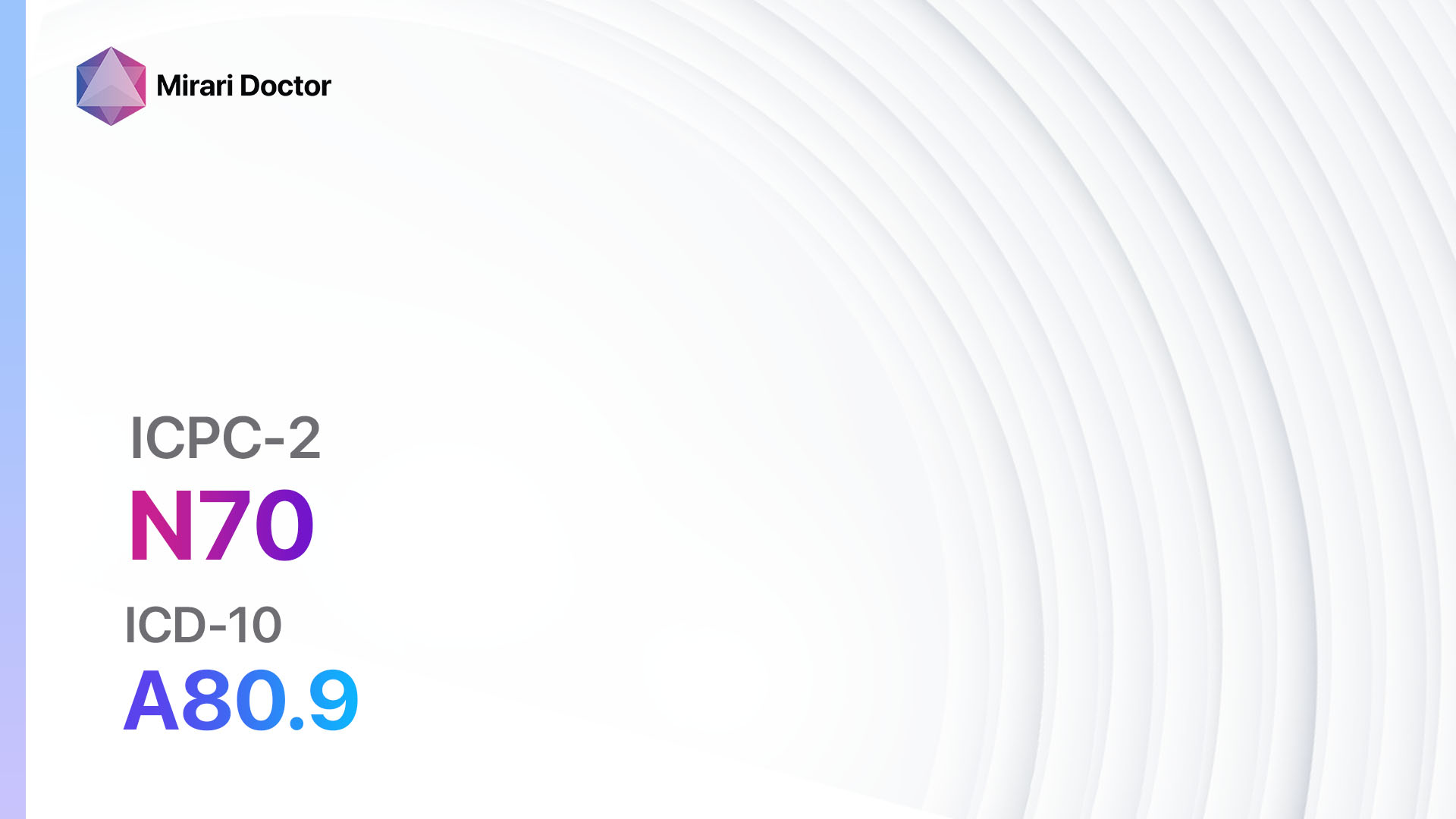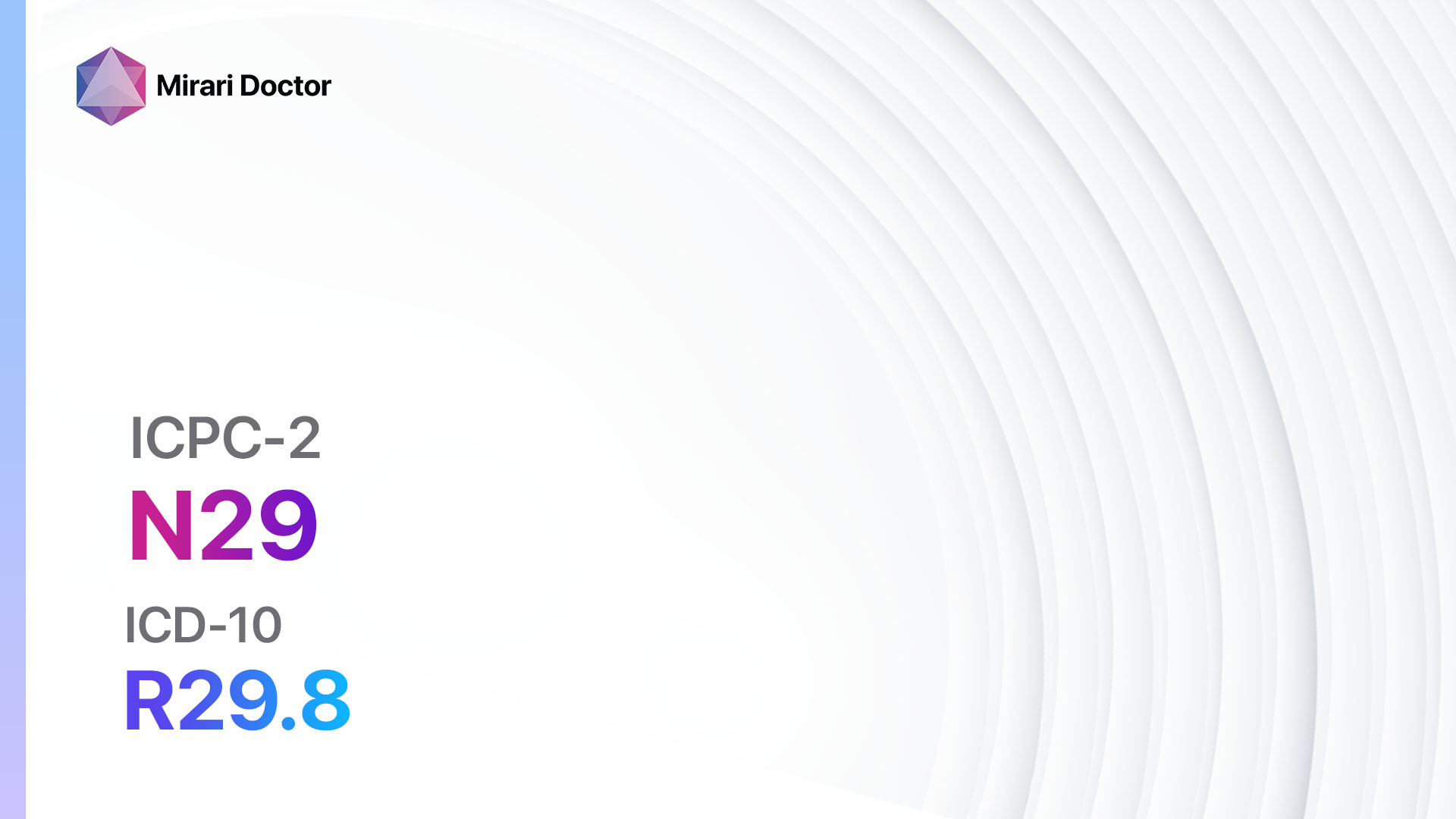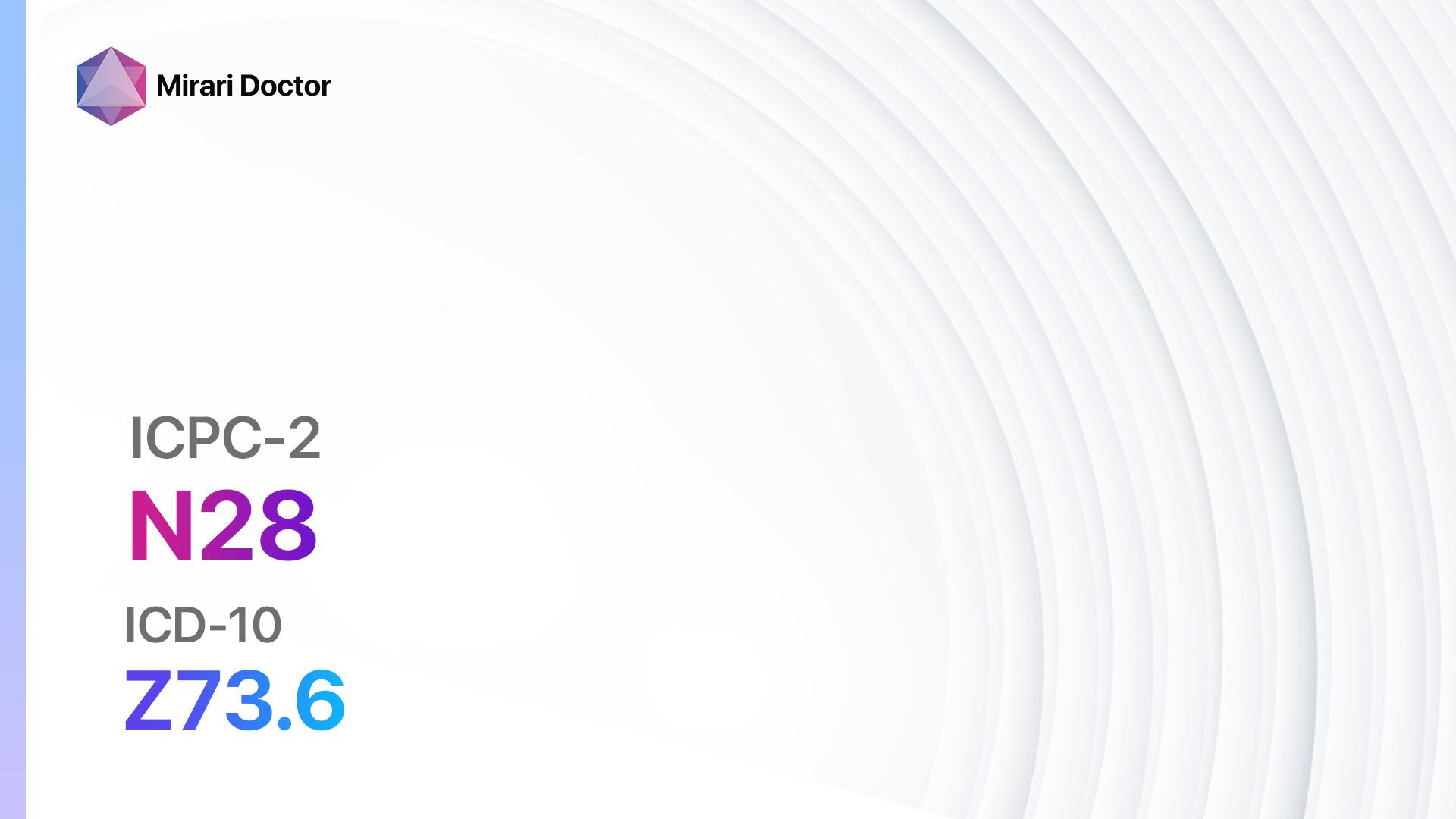
Introduction
Carpal tunnel syndrome is a common condition that affects the hand and wrist[1]. It occurs when the median nerve, which runs from the forearm to the hand, becomes compressed or squeezed at the wrist[2]. This compression can cause pain, numbness, tingling, and weakness in the hand and fingers[3]. The aim of this guide is to provide an overview of the symptoms, causes, diagnostic steps, possible interventions, and lifestyle interventions for carpal tunnel syndrome.
Codes
Symptoms
- Pain and discomfort in the hand and wrist[6]
- Numbness or tingling in the thumb, index finger, middle finger, and half of the ring finger[7]
- Weakness or clumsiness in the hand[8]
- Pain or tingling that may travel up the arm towards the shoulder[9]
Causes
- Repetitive hand and wrist movements[10]
- Prolonged use of vibrating hand tools
- Certain medical conditions such as diabetes, hypothyroidism, and rheumatoid arthritis
- Pregnancy
- Obesity
- Wrist fractures or dislocations
Diagnostic Steps
Medical History
- Gather information about the patient’s symptoms, including the location, duration, and severity of pain and numbness
- Ask about any activities or occupations that may contribute to the development of carpal tunnel syndrome
- Inquire about any underlying medical conditions or previous injuries to the hand or wrist
Physical Examination
- Assess the patient’s hand and wrist for swelling, tenderness, or deformities
- Perform the Tinel’s test by tapping on the median nerve to elicit tingling or numbness
- Conduct the Phalen’s test by flexing the wrist for 60 seconds to reproduce symptoms
- Evaluate the patient’s grip strength and ability to perform fine motor tasks
Laboratory Tests
- Blood tests to check for underlying medical conditions such as diabetes, thyroid dysfunction, or rheumatoid arthritis
Diagnostic Imaging
- X-rays to rule out fractures or other bony abnormalities in the wrist and hand
- Ultrasound to assess the size and shape of the median nerve and surrounding structures
- MRI to visualize the soft tissues and rule out other causes of hand and wrist pain
Other Tests
- Nerve conduction studies to measure the speed and strength of electrical signals in the nerves
- Electromyography to assess the health of the muscles and nerves in the hand and forearm
Follow-up and Patient Education
- Schedule a follow-up appointment to review test results and discuss treatment options
- Educate the patient about the condition, including its causes, symptoms, and potential treatment options
- Provide information on self-care measures, such as wrist splinting and ergonomic modifications, to alleviate symptoms
Possible Interventions
Traditional Interventions
Medications:
Top 5 drugs for Carpal tunnel syndrome:
- Nonsteroidal anti-inflammatory drugs (NSAIDs) (e.g., Ibuprofen, Naproxen):
- Cost: Generic versions can be $3-$20/month.
- Contraindications: History of gastrointestinal bleeding, kidney disease.
- Side effects: Upset stomach, heartburn, dizziness.
- Severe side effects: Stomach ulcers, kidney damage.
- Drug interactions: Blood thinners, certain blood pressure medications.
- Warning: Prolonged use may increase the risk of cardiovascular events.
- Corticosteroids (e.g., Prednisone, Methylprednisolone):
- Cost: Generic versions can be $4-$30/month.
- Contraindications: Active infections, uncontrolled diabetes.
- Side effects: Increased appetite, weight gain, mood changes.
- Severe side effects: Osteoporosis, adrenal suppression.
- Drug interactions: Nonsteroidal anti-inflammatory drugs, certain anticoagulants.
- Warning: Long-term use may lead to systemic side effects.
- Anticonvulsants (e.g., Gabapentin, Pregabalin):
- Cost: Generic versions can be $10-$50/month.
- Contraindications: Hypersensitivity to the medication.
- Side effects: Drowsiness, dizziness, weight gain.
- Severe side effects: Suicidal thoughts, severe allergic reactions.
- Drug interactions: Opioids, certain antidepressants.
- Warning: May cause dizziness or drowsiness, avoid driving or operating machinery.
- Muscle relaxants (e.g., Cyclobenzaprine, Methocarbamol):
- Cost: Generic versions can be $4-$20/month.
- Contraindications: Glaucoma, urinary retention.
- Side effects: Drowsiness, dry mouth, blurred vision.
- Severe side effects: Severe allergic reactions, hallucinations.
- Drug interactions: Alcohol, certain antidepressants.
- Warning: Avoid alcohol and activities requiring mental alertness.
- Opioids (e.g., Oxycodone, Hydrocodone):
- Cost: Generic versions can be $10-$50/month.
- Contraindications: Respiratory depression, paralytic ileus.
- Side effects: Constipation, drowsiness, nausea.
- Severe side effects: Respiratory depression, addiction.
- Drug interactions: Benzodiazepines, certain antidepressants.
- Warning: High risk of addiction and dependence, use with caution.
Alternative Drugs:
- Topical NSAIDs (e.g., Diclofenac gel): Applied directly to the affected area for localized pain relief.
- Capsaicin cream: Derived from chili peppers, it can help reduce pain and improve hand function.
- Vitamin B6: May help alleviate symptoms by reducing inflammation and improving nerve function.
- Acetyl-L-carnitine: Amino acid derivative that may have neuroprotective effects.
Surgical Procedures:
- Carpal tunnel release surgery: Involves cutting the ligament that is pressing on the median nerve to relieve symptoms.
- Cost: $2,000 to $5,000.
- Contraindications: Active infections, severe medical conditions.
- Side effects: Pain, swelling, infection.
- Severe side effects: Nerve damage, scarring.
- Drug interactions: N/A.
- Warning: Recovery may take several weeks, hand therapy may be required.
Alternative Interventions
- Physical therapy: Exercises and stretches to improve hand and wrist strength and flexibility. Cost: $50-$150 per session.
- Splinting: Wearing a wrist splint at night to keep the wrist in a neutral position and relieve pressure on the median nerve. Cost: $20-$50 per splint.
- Acupuncture: May help reduce pain and improve nerve function. Cost: $60-$120 per session.
- Chiropractic care: Manipulation of the spine and joints to alleviate nerve compression. Cost: $50-$200 per session.
- Yoga: Gentle stretching and strengthening exercises to improve hand and wrist function. Cost: $10-$20 per class.
Lifestyle Interventions
- Ergonomic modifications: Adjusting workstations and tools to reduce strain on the hand and wrist. Cost: Varies depending on the modifications needed.
- Weight management: Losing excess weight can reduce pressure on the median nerve. Cost: Varies depending on the chosen weight loss program.
- Hand and wrist exercises: Regularly performing exercises to improve hand and wrist strength and flexibility. Cost: Free.
- Taking breaks: Taking regular breaks from repetitive hand and wrist movements to rest and stretch. Cost: Free.
- Avoiding activities that worsen symptoms: Modifying or avoiding activities that exacerbate carpal tunnel syndrome symptoms. Cost: Free.
It is important to note that the cost ranges provided are approximate and may vary depending on the location and availability of the interventions. It is recommended to consult with a healthcare professional for personalized treatment recommendations and cost estimates.
Mirari Cold Plasma Alternative Intervention
Understanding Mirari Cold Plasma
- Safe and Non-Invasive Treatment: Mirari Cold Plasma is a safe and non-invasive treatment option for various skin conditions. It does not require incisions, minimizing the risk of scarring, bleeding, or tissue damage.
- Efficient Extraction of Foreign Bodies: Mirari Cold Plasma facilitates the removal of foreign bodies from the skin by degrading and dissociating organic matter, allowing easier access and extraction.
- Pain Reduction and Comfort: Mirari Cold Plasma has a local analgesic effect, providing pain relief during the treatment, making it more comfortable for the patient.
- Reduced Risk of Infection: Mirari Cold Plasma has antimicrobial properties, effectively killing bacteria and reducing the risk of infection.
- Accelerated Healing and Minimal Scarring: Mirari Cold Plasma stimulates wound healing and tissue regeneration, reducing healing time and minimizing the formation of scars.
Mirari Cold Plasma Prescription
Video instructions for using Mirari Cold Plasma Device – N93 Carpal tunnel syndrome (ICD-10:G56.0)
| Mild | Moderate | Severe |
| Mode setting: 2 (Wound Healing) Location: 0 (Localized) Morning: 15 minutes, Evening: 15 minutes |
Mode setting: 2 (Wound Healing) Location: 0 (Localized) Morning: 30 minutes, Lunch: 30 minutes, Evening: 30 minutes |
Mode setting: 2 (Wound Healing) Location: 0 (Localized) Morning: 30 minutes, Lunch: 30 minutes, Evening: 30 minutes |
| Mode setting: 3 (Antiviral Therapy) Location: 0 (Localized) Morning: 15 minutes, Evening: 15 minutes |
Mode setting: 3 (Antiviral Therapy) Location: 0 (Localized) Morning: 30 minutes, Lunch: 30 minutes, Evening: 30 minutes |
Mode setting: 3 (Antiviral Therapy) Location: 0 (Localized) Lunch: 30 minutes, Evening: 30 minutes |
| Mode setting: 7 (Immunotherapy) Location: 7 (Neuro system & ENT) Morning: 15 minutes, Evening: 15 minutes |
Mode setting: 7 (Immunotherapy) Location: 7 (Neuro system & ENT) Morning: 30 minutes, Lunch: 30 minutes, Evening: 30 minutes |
Mode setting: 7 (Immunotherapy) Location: 7 (Neuro system & ENT) Morning: 30 minutes, Lunch: 30 minutes, Evening: 30 minutes |
| Total Morning: 45 minutes approx. $7.50 USD, Evening: 45 minutes approx. $7.50 USD |
Total Morning: 90 minutes approx. $15 USD, Lunch: 90 minutes approx. $15 USD, Evening: 90 minutes approx. $15 USD |
Total Morning: 90 minutes approx. $15 USD, Lunch: 90 minutes approx. $15 USD, Evening: 90 minutes approx. $15 USD |
| Usual treatment for 7-60 days approx. $105 USD – $900 USD | Usual treatment for 6-8 weeks approx. $1,890 USD – $2,520 USD |
Usual treatment for 3-6 months approx. $4,050 USD – $8,100 USD
|
 |
|
Use the Mirari Cold Plasma device to treat Carpal tunnel syndrome effectively.
WARNING: MIRARI COLD PLASMA IS DESIGNED FOR THE HUMAN BODY WITHOUT ANY ARTIFICIAL OR THIRD PARTY PRODUCTS. USE OF OTHER PRODUCTS IN COMBINATION WITH MIRARI COLD PLASMA MAY CAUSE UNPREDICTABLE EFFECTS, HARM OR INJURY. PLEASE CONSULT A MEDICAL PROFESSIONAL BEFORE COMBINING ANY OTHER PRODUCTS WITH USE OF MIRARI.
Step 1: Cleanse the Skin
- Start by cleaning the affected area of the skin with a gentle cleanser or mild soap and water. Gently pat the area dry with a clean towel.
Step 2: Prepare the Mirari Cold Plasma device
- Ensure that the Mirari Cold Plasma device is fully charged or has fresh batteries as per the manufacturer’s instructions. Make sure the device is clean and in good working condition.
- Switch on the Mirari device using the power button or by following the specific instructions provided with the device.
- Some Mirari devices may have adjustable settings for intensity or treatment duration. Follow the manufacturer’s instructions to select the appropriate settings based on your needs and the recommended guidelines.
Step 3: Apply the Device
- Place the Mirari device in direct contact with the affected area of the skin. Gently glide or hold the device over the skin surface, ensuring even coverage of the area experiencing.
- Slowly move the Mirari device in a circular motion or follow a specific pattern as indicated in the user manual. This helps ensure thorough treatment coverage.
Step 4: Monitor and Assess:
- Keep track of your progress and evaluate the effectiveness of the Mirari device in managing your Carpal tunnel syndrome. If you have any concerns or notice any adverse reactions, consult with your health care professional.
Note
This guide is for informational purposes only and should not replace the advice of a medical professional. Always consult with your healthcare provider or a qualified medical professional for personal advice, diagnosis, or treatment. Do not solely rely on the information presented here for decisions about your health. Use of this information is at your own risk. The authors of this guide, nor any associated entities or platforms, are not responsible for any potential adverse effects or outcomes based on the content.
Mirari Cold Plasma System Disclaimer
- Purpose: The Mirari Cold Plasma System is a Class 2 medical device designed for use by trained healthcare professionals. It is registered for use in Thailand and Vietnam. It is not intended for use outside of these locations.
- Informational Use: The content and information provided with the device are for educational and informational purposes only. They are not a substitute for professional medical advice or care.
- Variable Outcomes: While the device is approved for specific uses, individual outcomes can differ. We do not assert or guarantee specific medical outcomes.
- Consultation: Prior to utilizing the device or making decisions based on its content, it is essential to consult with a Certified Mirari Tele-Therapist and your medical healthcare provider regarding specific protocols.
- Liability: By using this device, users are acknowledging and accepting all potential risks. Neither the manufacturer nor the distributor will be held accountable for any adverse reactions, injuries, or damages stemming from its use.
- Geographical Availability: This device has received approval for designated purposes by the Thai and Vietnam FDA. As of now, outside of Thailand and Vietnam, the Mirari Cold Plasma System is not available for purchase or use.
References
- Atroshi I, Gummesson C, Johnsson R, Ornstein E, Ranstam J, Rosén I. Prevalence of carpal tunnel syndrome in a general population. JAMA. 1999;282(2):153-158. doi:10.1001/jama.282.2.153
- Padua L, Coraci D, Erra C, et al. Carpal tunnel syndrome: clinical features, diagnosis, and management. Lancet Neurol. 2016;15(12):1273-1284. doi:10.1016/S1474-4422(16)30231-9
- Middleton SD, Anakwe RE. Carpal tunnel syndrome. BMJ. 2014;349:g6437. doi:10.1136/bmj.g6437
- ICPC-2 – English. World Organization of Family Doctors. https://www.globalfamilydoctor.com/site/DefaultSite/filesystem/documents/Groups/WICC/International%20Classification%20of%20Primary%20Care%20Dec16.pdf
- ICD-10 Version:2019. World Health Organization. https://icd.who.int/browse10/2019/en#/G56.0
- Carpal tunnel syndrome – Symptoms and causes. Mayo Clinic. https://www.mayoclinic.org/diseases-conditions/carpal-tunnel-syndrome/symptoms-causes/syc-20355603
- Carpal Tunnel Syndrome Fact Sheet. National Institute of Neurological Disorders and Stroke. https://www.ninds.nih.gov/Disorders/Patient-Caregiver-Education/Fact-Sheets/Carpal-Tunnel-Syndrome-Fact-Sheet
- Carpal tunnel syndrome. NHS. https://www.nhs.uk/conditions/carpal-tunnel-syndrome/
- Carpal Tunnel Syndrome. American Academy of Orthopaedic Surgeons. https://orthoinfo.aaos.org/en/diseases–conditions/carpal-tunnel-syndrome/
- Carpal Tunnel Syndrome. American College of Rheumatology. https://www.rheumatology.org/I-Am-A/Patient-Caregiver/Diseases-Conditions/Carpal-Tunnel-Syndrome
Related articles
Made in USA


